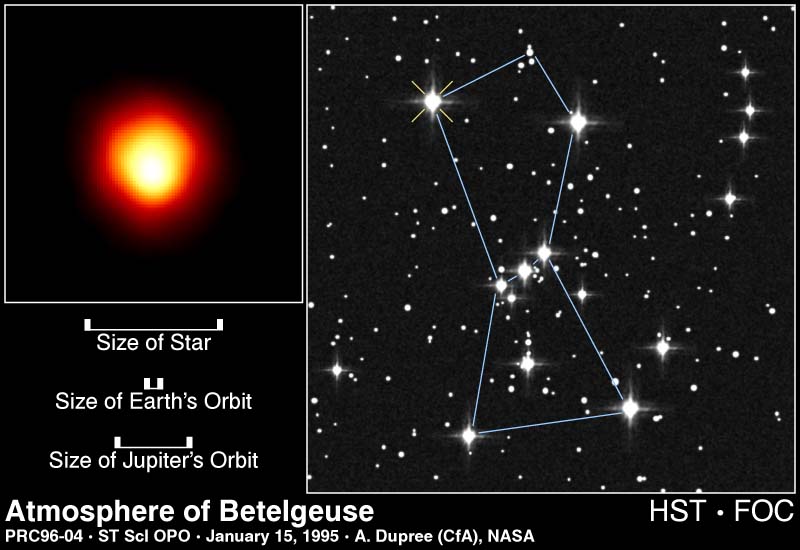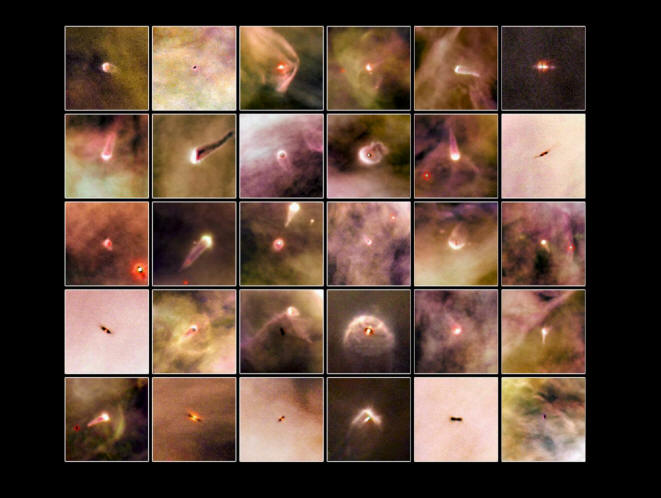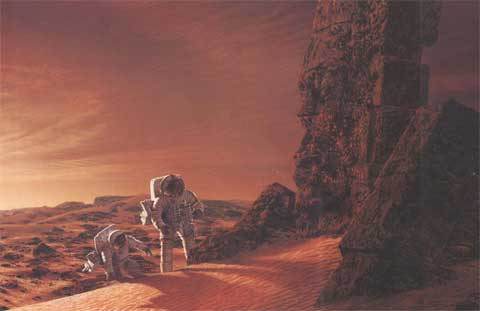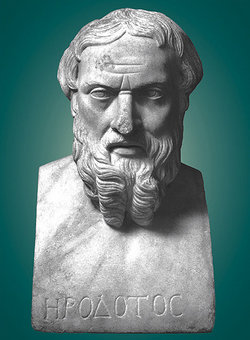
"... or I've [Odysseus] come here [Antarctica] a much-suffering stranger,
from afar, from a distant country [Ithaca]. I therefore know none
of the people who inhabit this city and farmland." -- Homer, poet,
The Odyssey, Book VII: 25-26, ~ 8th century B.C.
"... until you reach
your home and fatherland, or anywhere that's dear to you,
even if it's much, much farther away than Euboeia,
which those of our people who saw it, when they took
blond Rhadamanthus to see Tityus,
son of Gaea, say is farthest off.
They went there, and made it without effort,
and made it back home that very day." -- Homer, poet,
The Odyssey, Book VII: 319-326
"Tell me your land and home and city,
so our ships, directing their minds there, can convey you,
for Phaeacian ones don't have pilots,
and there aren't any steering oars that other ships have,
since the ships themselves know men's thoughts and minds,
know also all their rich farmlands and cities,
and cross the sea's gulf with the greatest speed,
wrapped in mist and cloud, and never have
any fear at all of being damaged or destroyed." -- Homer, poet,
The Odyssey, Book VIII: 555-563
"Good souled Alcinous sent a herald with him,
to guide him to the swift ship and sea's shore.
Arete sent slave women with him,
one with a well-washed cloak and a tunic,
a second, whom she sent to attend the strongly-built chest,
while another carried food and red wine.
Then after they'd gone down to the ship and sea,
the illustrious convoys immediatley took and stowed it,
all the food and drink, in the hollow ship.
They spread out a blanket and linens for Odysseus
on the hollow ship's half-deck, so he could sleep unwaking,
in the stern. He got himself aboard and lay down
in silence. Each of them, in order, sat down
at the oarlocks, then freed the cable from the perforated stone.
When they leaned and threw up the sea with their blades,
right then sweet sleep fell upon his eyelids,
unwaking, very sweet, like the closest thing to death.
As on the plain male horses, yoked four together,
all speed along as one under the whip's lashes
and, rearing high, swiftly make their way,
so the ship's stern lifted up, and behind her
the purple wave of the loudly-surging sea rushed mightily.
She ran very surely, steadily. Not even a hawk,
a falcon, nimblest of winged things, could have kept pace,
she ran so swiftly, cutting the sea's waves,
carrying a man with counsels like the gods,
who in the past had suffered many sorrows in his heart,
cutting through men's wars and painful waves,
and at this time slept quietly, forgetting all he'd suffered.
When the brightest star was up, that most often comes
announcing early-born Dawn's light,
then the seafaring ship put in at the island [Ithaca]." -- Homer, poet,
The Odyssey, Book XIII: 64-95




































